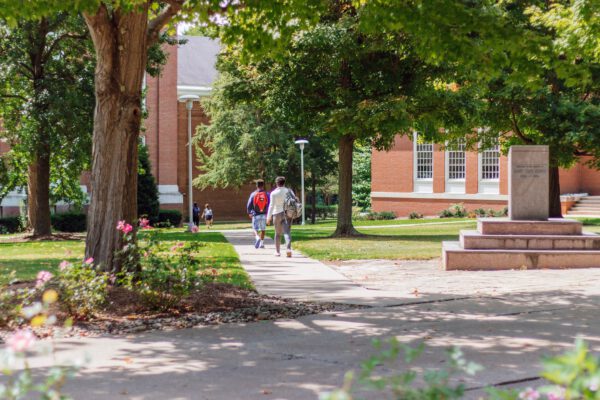Families Use a Variety of Options to Keep Pace with Increasing College Tuition
Title: Covering the Tuition Bill: How Do Families Pay the Rising Price of College?
Author: Phillip Levine
Source: The Brookings Institution
The increasing costs of attendance at colleges and universities, especially higher “sticker prices,” have attracted attention from both families and policymakers. Although many families are not paying the full sticker prices due to financial aid, today’s families are still facing higher bills for postsecondary education.
A new analysis from the Brookings Institution examines the different funding sources that families use to pay for four-year nonprofit colleges and how these differ depending on family income. While the findings reflect the different limitations families face based on their incomes, they also suggest that rising net prices mean all households face additional hardships when their children enroll in college.
Key findings include:
Middle- and higher-income parents increasingly used their own income and savings.
- Between 1996 and 2008, payments to colleges from parents’ income and savings jumped by $1,500 to $4,600, depending on the family income and type of institution. These values likely increased again by several thousand from 2008-2020, but specific figures are not available.
Middle- and higher-income parents have borrowed more.
- Families with incomes below $50,000 and students attending private institutions saw the highest increases, an average of $1,200, in parents taking out loans from 2008 to 2020.
- Families with incomes between $50,000 and $100,000 borrowed, on average, $800 more in parent loans for students attending public institutions between 2008 and 2020.
- Parents were more likely than students to take out education loans, especially between 1996 and 2008 and among middle- and higher-income families.
Students from lower-income backgrounds worked more.
- Payments to colleges with funds from student earnings increased among families with incomes under $50,000 from 1996-2008. Student earnings likely also covered the bulk of net price increases for lower-income families between 2008 and 2020.
- Students from families earning less than $50,000 enrolled at public institutions were six percentage points more likely to work in 2008 compared to in 1996.
These findings provide reassurance that increased student borrowing is not the primary resource for students to cover increased net prices at four-year colleges. Although the student debt crisis continues to gain attention as overall student loan debt has grown broadly, that increase is largely not occurring at four-year nonprofit institutions.
However, increased borrowing by parents, especially in middle- and higher-income families, is a trend worthy of more attention. Given that lower-income families may be unable to take on parental loans due to creditworthiness, parental borrowing can contribute to increased inequality as cost may prevent lower-income students from selecting the best school for them or from attending college at all. Middle- and higher-income families can face other significant consequences: If parents deplete their assets or save less, they may not be able to retire until they are older or have decreased retirement income.
To read the full report, click here.
—Austin Freeman
If you have any questions or comments about this blog post, please contact us.


